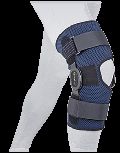
A knee orthosis is a specially designed external medical device constructed of varying lightweight and durable compositions of metals and high-density materials to provide biomechanical assistance to stabilize and support an injured knee and its surrounding ligaments, tendons, and muscles by extending above and below the knee joint to provide healing support for injuries, diseases, inflammations and post-surgical recovery and rehabilitation of the knee.
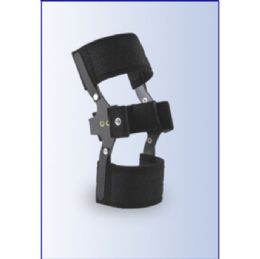
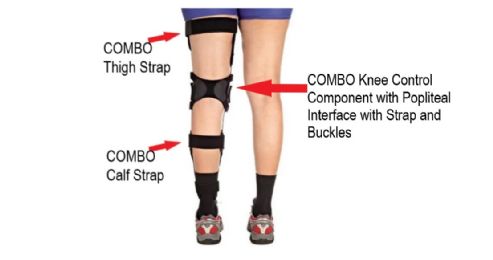
~1.jpg&newheight=260&quality=80)
.jpg&newheight=260&quality=80)
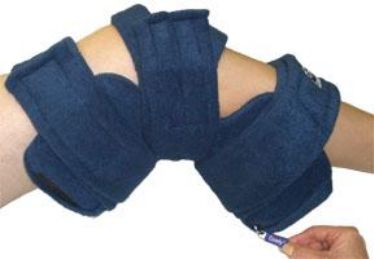
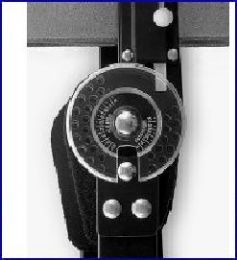
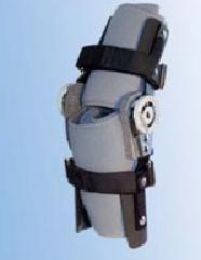
~40.jpg&newheight=260&quality=80)
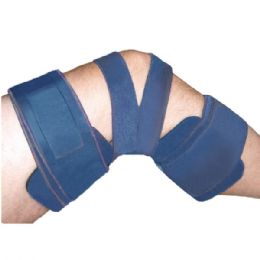
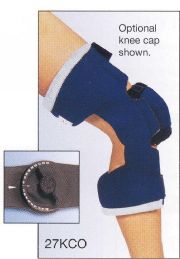
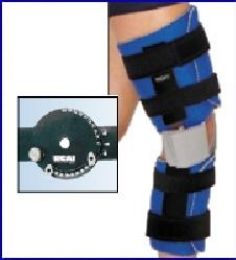

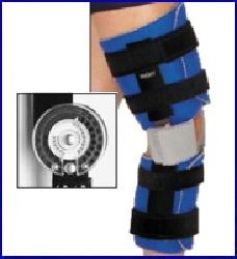
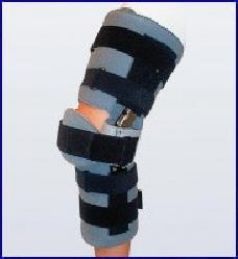
.jpg&newheight=260&quality=80)
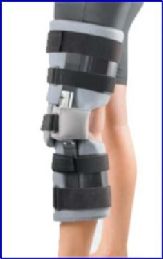
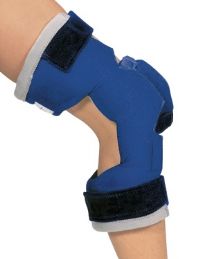
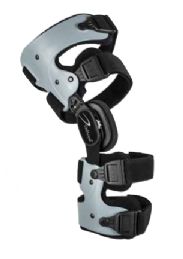
What is a Knee Orthosis?
Also referred to as a knee brace, a knee orthosis (KO) is an external medical device specifically designed to provide healing support for diseases, injuries and inflammation that affect the knee joint. A knee brace is not a treatment in itself for disease or injury, but is rather used as a component of a treatment protocol that may include surgery, drugs and physical therapy.
Available in a wide range of styles, sizes and configurations, knee orthoses are used in a variety of ways dependent upon the individual patient’s requirements. These purposes include:
For guiding, limiting, immobilizing or controlling the knee joint
For providing assistance with general movement of the knee joint
For restricting movement of the knee joint in a given direction
For reducing the forces of weight-bearing on the knee joint
For enhancing rehabilitation from fractures (post-cast removal) of the knee joint
For correcting the function or shape of the knee joint, specifically for facilitating movement and/or pain reduction
Knee orthoses are constructed in a multitude of varying compositions, typically using lightweight but durable metals and high-density materials to hold the knee in desired positions with comfort.
What Type of Knee Orthosis is Right for Me?
Because of all the varying issues that knee orthoses are used for, it is very important to choose the right knee orthosis for your specific situation. Be sure to consult with your healthcare provider before making your final decision. You may need to start with one type, and then move on to another as the healing process continues.
While there are multitude of knee brace formulations, there are three basic types: patellofemoral, rehabilitative and functional. Patellofemoral knee orthoses are used to assist the kneecap to move smoothly over the knee joint, while functional knee orthoses provide support to already injured knees. Rehabilitative knee orthoses specifically limit movement after an injury or surgery, ensuring that damaged tissues heal properly.
When some diseases specifically cause muscular or neurological impairment of the surrounding muscles of the knee, a knee orthosis is often used to mitigate extension or flexion instability. Another kind of knee brace can contribute stabilization by replacing the function of injured or damaged knee cartilage or ligaments. Some knee orthoses are employed to relieve pressure and pain caused by diseases such as arthritis by realigning the joint of the knee into varus or valgus. Other knee braces are utilized to help the user stay active by providing specified support to augment positioning, movement and pain relief.
Post-op Knee Orthosis
Often recommended following knee trauma or surgery, post operative knee orthoses help users to recover from MCL/LCL injuries, ACL tears and PCL tears. Definitely designed to minimize pain and support the recovery process, post-op knee braces often highlight hinges that control the knee’s range of motion. As recovery progresses, the brace can be adjusted to allow for increased movement.
Post operative knee orthoses aid in the prevention of unwanted movement and help protect the knee and leg against further injury. Because they cover the incision site, they also help to minimize contact with harmful bacteria that can cause infection.
“Cool” post-op knee orthoses are formulated with lighter, breathable fabrics better suited for warm climates. These braces are used when the knee issue does not demand complete lower extremity coverage. Full foam post-op orthoses for the knee provide more complete protection and coverage and are specified when the incision must be fully covered.
Hinged Knee Orthosis
Providing one of the easiest ways to reduce knee instability and pain, a hinged knee brace offers a much higher level of support than knee wraps or sleeves. Sideways stability and the prevention of hyperextension make them the ideal choice for ligament injuries. They are additionally used for cartilage concerns, instability, weakness, arthritis and after knee surgery. Hinged knee braces can be helpful support for everyday activities along with high demand activities like sports.
Fabric hinged knee orthoses are a popular type for many varied users. Typically created with elastic, Lycra or neoprene materials, the simple hinges are woven into these fabrics for improved adjustability that results in enhanced stability and control.
Immobilizer Knee Orthosis
Just as you would expect, a knee immobilizer orthosis prevents the knee joint from movement. Its long design encompasses the length of the thigh and shin with cloth and metal support struts inside and outside the brace, typically using Velcro straps to hold it in proper position. Often used for patella and upper shin bone fractures, it can be removed to allow for gentle motion during the healing process, a wonderful benefit that a hard plaster cast cannot offer. Knee immobilizers are often indicated for use following tendon or ligament surgery as well.
Bledsoe Brace Knee Orthosis
As one of the most common braces prescribed following ACL surgery, a Bledsoe brace orthosis features straps that wrap around the shin and thigh, along with metal support brackets that frame the knee. Its small locking mechanism has the ability to lock the knee into full extension, or can be unlocked to allow bending of the knee when that movement is appropriate in the healing process. This mechanism additionally offers increments of movement as healing progresses.
Motion Control Knee Orthosis
A motion control knee brace may be indicated for overstretched or sprained ligaments, such as the lateral collateral or medial collateral ligaments. Formulated as a neoprene sleeve with inside and outside metal supports for full ligament support, this type of brace is popular for sports and activities that require repetitive bending, stopping/starting and pivoting actions.
Patella Control Knee Orthosis
Ideal for various patella injuries such as a dislocated patella, CMP, patellofemoral stress syndrome and knee arthritis, patella control braces are usually made as a neoprene sleeve that slides over the knee. It highlights a cutout for the patella, serving to hold the patella in proper position so that users can remain active with walking and running activities.
Pediatric Knee Orthosis
Specifically designed to accommodate smaller and younger users, pediatric knee braces are often employed for injuries and growth plate issues unique to children. Osgood Schlatter’s disease (OSD) often occurs in teens that play sports requiring a high amount of jumping, running and twisting. OSD frequently causes extreme pain along with knee and shinbone tenderness and swelling.
Spring-loaded Goniometer Knee Orthosis
Often used to increase knee extension following surgery, injury, CVA or neurological complications, a spring-loaded goniometer knee orthosis is also referred to as a dynamic splint. With capabilities that allow for progressive extension, this innovative apparatus can be set for the degrees of flexion and extension required for each individual’s particular needs. When the knee is flexed to the maximum flexion, the spring-loaded mechanism gently pushes the extremity to the pre-set extension degree. This orthotic device is often used for non-fixed contractures.
Rehabmart is proud to offer an extensive selection of superior quality knee orthoses from such esteemed and well-known manufacturers that include Restorative Care of America, DeRoyal, Comfy Splints, Allard USA and Kinetec USA.
Hulet Smith, OT
Rehabmart Co-Founder & CEO
ck